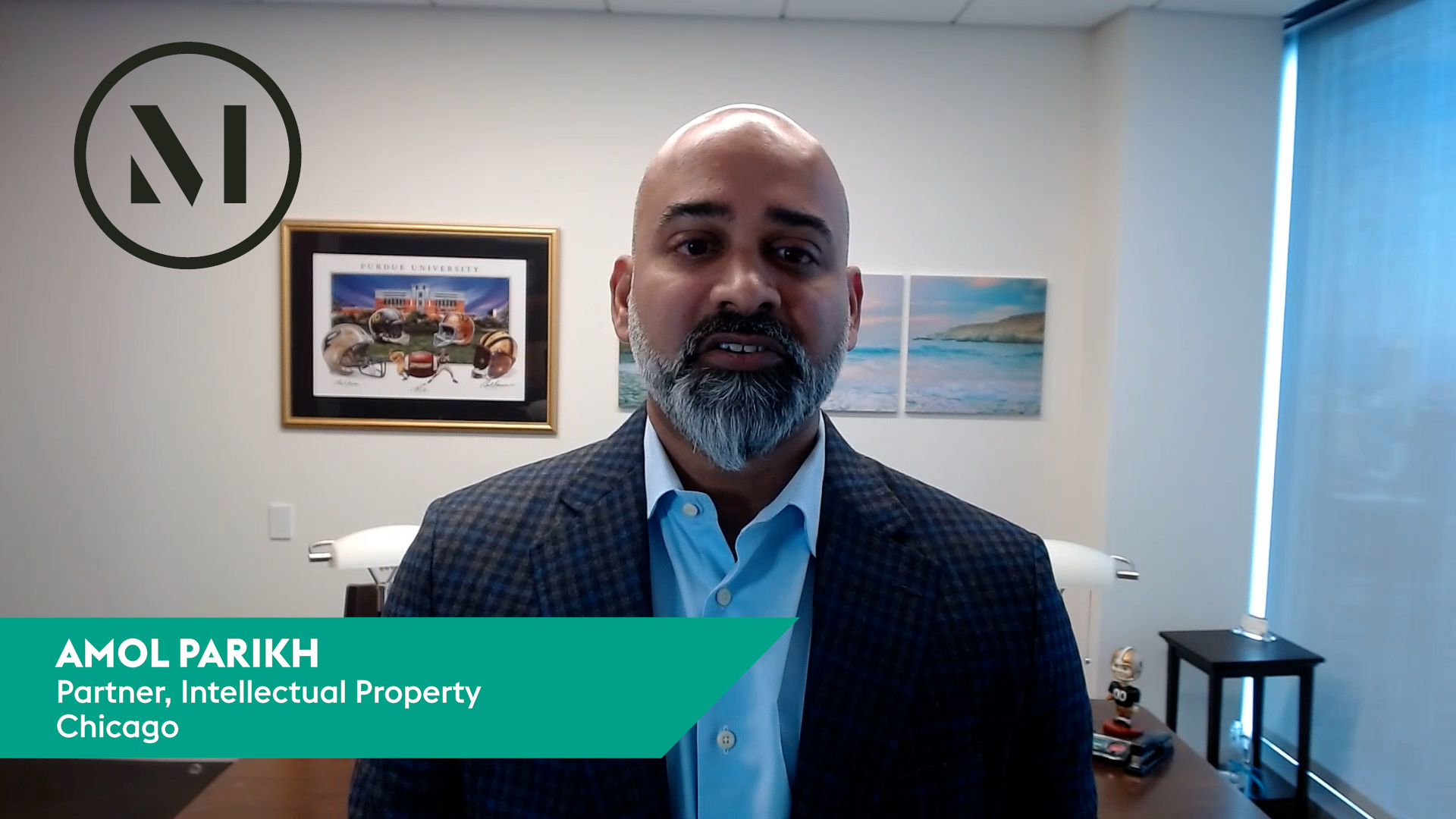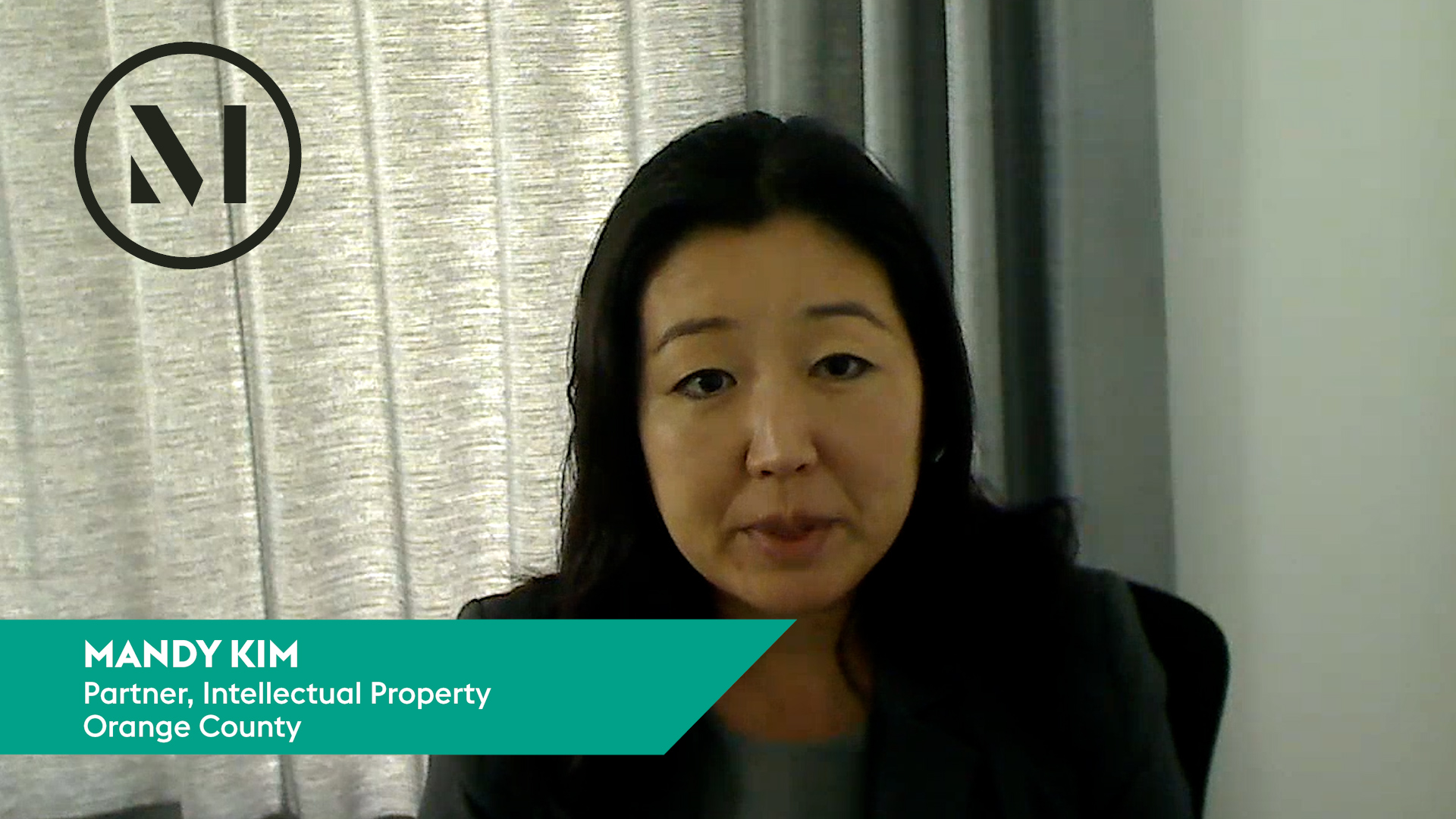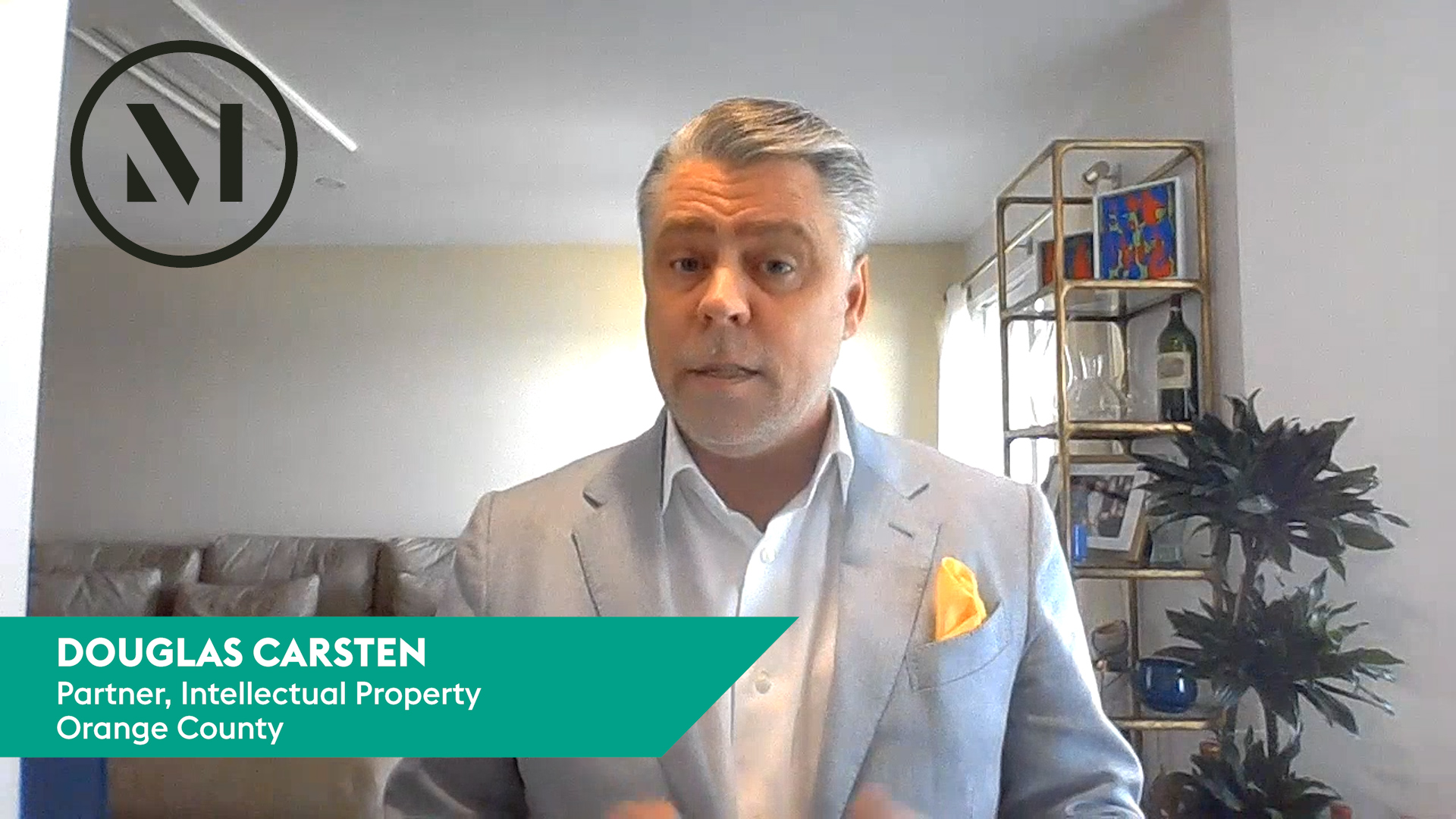In a decision that underscores the primacy of prosecution history to determine claim scope, the US Court of Appeals for the Federal Circuit reversed the Patent Trial & Appeal Board’s interpretation of the transitional phrase “consisting essentially of,” holding that the patentee’s actions during prosecution narrowed the claims beyond the conventional construction. Eye Therapies, LLC v. Slayback Pharma, LLC, Case No. 23-2173 (Fed. Cir. June 30, 2025) (Scarsi, Dist. J., by designation; Taranto, Stoll, JJ.)
The case involved a method for reducing eye redness using low concentrations of brimonidine, a vasoconstrictive compound. Eye Therapies owns a patent that claims methods of administering brimonidine “consisting essentially of” the active ingredient. During inter partes review (IPR), the Board applied the typical construction of that transitional phrase, allowing for the presence of other active agents as long as they did not materially affect the invention’s basic and novel properties. Based on that reading, the Board found the claims obvious over prior art references that disclosed brimonidine in combination with other drugs. On appeal, Eye Therapies argued that the Board’s construction was too broad and inconsistent with the prosecution history.
The Federal Circuit agreed. Although “consisting essentially of” is generally understood to permit unlisted ingredients that don’t materially affect the invention, the Court emphasized that this meaning can be overridden by the intrinsic record. In this case, the applicant amended the claims to avoid prior art and repeatedly argued that the invention involved only brimonidine, with no other active agents. During the original prosecution, the examiner allowed the claims on that basis. The Court found these statements to be definitional, particularly in light of the applicant’s use of “i.e.” to equate the claim language with a brimonidine-only method. Given the clarity and consistency of the applicant’s position, the Court concluded that the prosecution history required a narrower reading than the one the Board used based on the phrase’s conventional meaning.
The Federal Circuit acknowledged that the patent specification disclosed embodiments containing additional active agents. That alone, however, did not justify a broader construction. The narrowing amendment came after the specification was drafted, and the Court reiterated that not every embodiment must fall within the scope of the claims, particularly when the claims have been narrowed during prosecution. The Court also noted that other embodiments in the specification were fully consistent with the narrower interpretation. Taken together, these factors reinforced the conclusion that the applicant’s prosecution statements – not the broader illustrative disclosures – defined the proper scope of the claims.
The Federal Circuit distinguished its 2009 decision in Ecolab v. FMC, where it declined to apply prosecution history disclaimer despite similar language. In Ecolab, the patentee initially stated that peracetic acid was the “sole antimicrobial agent,” but the examiner clarified that “consisting essentially of” did not mean “solely.” The applicant never repeated the statement and secured allowance on other grounds. The specification in Ecolab also described compositions that included other known antimicrobial agents, which supported the broader interpretation. In contrast, the applicant here amended the claims, consistently [...]
Continue Reading
read more


 Subscribe
Subscribe






